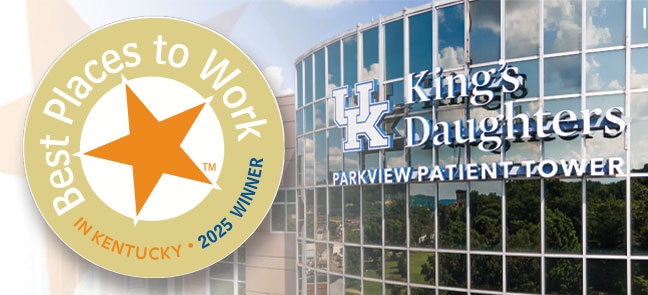Understanding arrhythmias: Premature beats & supraventricular arrhythmias
There are four main types of cardiac arrhythmia: premature beats, supraventricular arrhythmias, ventricular arrhythmias and bradyarrhythmias. Today’s blog focuses on premature beats and supraventricular arrhythmias.
Premature/extra beats are harmless most of the time and usually don’t cause any symptoms. When symptoms do occur, they usually feel like a fluttering or a feeling of a skipped heartbeat. Most of the time, no treatment is needed, especially in healthy people.
When the premature beats occur in the heart’s upper chambers (atria), they are called premature atrial contractions, or PACs. Premature beats that occur in the heart’s lower chambers (ventricles) are called premature ventricular contractions, or PVCs. Usually these premature beats occur naturally. Occasionally, they are caused by heart disease stress, too much exercise, or too much caffeine or exercise.
Supraventricular arrhythmias are a type of rapid heart rate that start in the upper chambers of the heart or in a special structure called the atrioventricular (AV) node. The AV node is like an electrical switchbox located between the upper and lower chambers of the heart. Types of supraventricular arrhythmias include atrial fibrillation, atrial flutter, paroxysmal supraventricular tachycardia (PSVT), and Wolff-Parkinson-White syndrome.
Of these, atrial fibrillation is the most commonly occurring rhythm disturbance and involves a very fast and irregular contraction of the upper chambers. In atrial fibrillation, the electrical signals that cause the heart to contract don’t begin in the sinoatrial node (the heart’s natural pacemaker). Instead, they begin in another part of the artria or even in the nearby pulmonary veins. These abnormal signals spread in a rapid, disorganized way, causing the atria to quiver very quickly rather than beat normally. As a result, the atria cannot pump blood into the ventricles properly. Stroke and heart failure are the two major complications of atrial fibrillation.
Atrial flutter is similar to atrial fibrillation, except that the electrical signals spread through the atria in a fast but regular rhythm. This condition is much less common than a-fib, but has similar symptoms and complications.
Paroxysmal Supraventricular Tachycardia is a very fast heart rate that begins and ends suddenly. It happens when there is a problem with the electrical connection between the atrial and the ventricles. In PSVT, electrical signals that begin in the atrial and travel to the ventricles can reenter the atria, causing extra heartbeats. This type of arrhythmia usually isn’t dangerous and tends to occur in young people. It can also happen during vigorous physical activity. Wolff-Parkinson-White syndrome is a type of PSVT. In WPW, the electrical signal travels along an extra pathway from the upper chambers to the lower chambers. This can cause the ventricles to beat very fast. WPW syndrome can be life threatening.
King’s Daughters electrophysiologists are expert in treating all types of cardiac arrhythmias, including medical management, pacemaker and ICD placement, EP studies, and interventional procedures to treat heart arrhythmias. Our heart rhythm specialists (photo from left: John Van Deren, M.D., Ola Khraisha, M.D., Terence Ross, M.D., and Kristin Ellison, M.D.) see patients in Ashland, Grayson, Louisa and Prestonsburg, Ky., and Portsmouth, Ohio. Appointments are available within 48 hours. For more information, please call (606) 324-4745.

